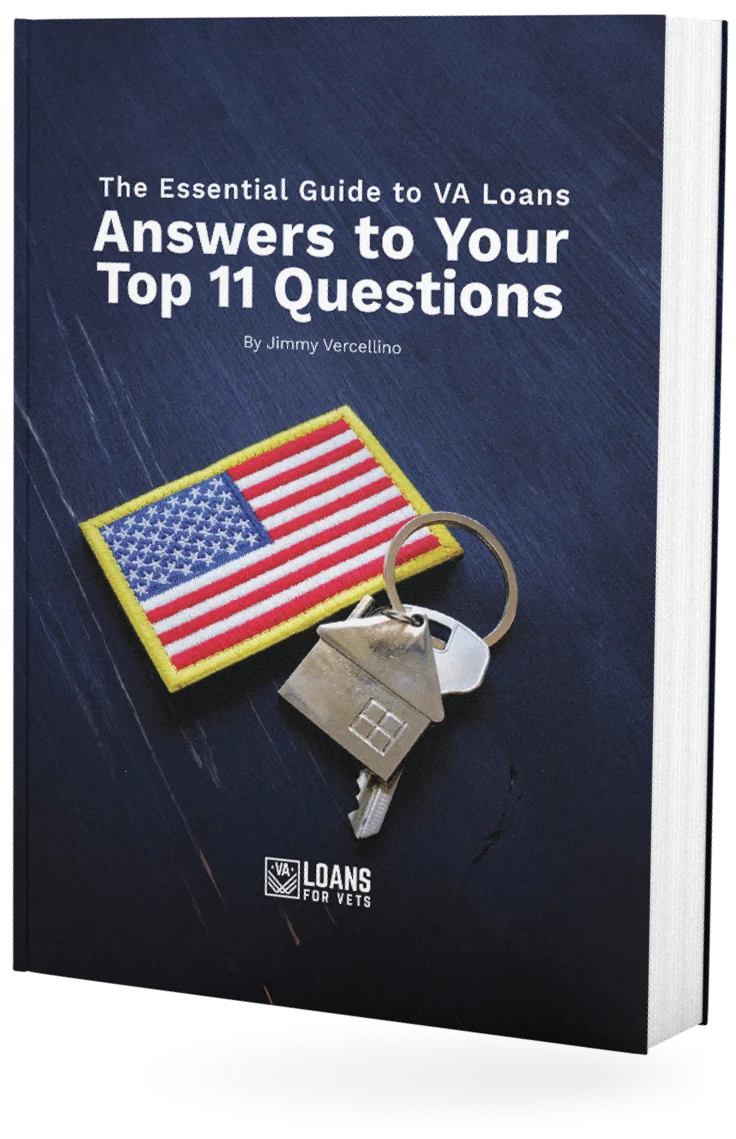If you are a service member looking to buy a home in California you may be questioning the differences between a VA loan vs Cal Vet loan. Although both loans are designed for veterans, CalVet loans have geographical limitations.
If you are debating which loan is right for you this article discusses each type of loan in detail as well as their benefits and requirements.
What is a CalVet Loan?
Similar to the US Department of Veteran Affairs, the California Department of Veterans Affairs offers a mortgage loan program of its own to assist eligible veterans in becoming homeowners. This home loan program is strictly for service members who live in California.
The following are the types of loans that are offered through the CalVet program:
- CalVet97
- Home Improvement Loans
- Construction Loans
- Rehabilitation Loans
- Refinancing
The greatest difference between Cal Vet loan vs VA loan is that the CalVet loan program purchases the house and then sells the home back to you. Essentially, CalVet is the lender and holds the legal title to the home until the loan amount is paid in full. You will have the equitable title which is the right to use and enjoy the property.
Benefits of a CalVet Loan
The following are the most common loan benefits associated with CalVet loans:
- Low-Interest Rates
- Manual Underwriting
- Disaster Protection
- Fire and Hazard Coverage
- Low Group Rate Insurance
- No Monthly Mortgage Insurance Premiums
Most CalVet loans do not require a down payment although any amount of a down payment will reduce the monthly payment and lower fees. Since CalVet is the lender they can offer more flexible requirements when it comes to credit scores, down payments, and insurance options.
Eligibility Requirements for a CalVet Loan
You may qualify for a CalVet home loan if you meet the following requirements:
- Active Duty or Veteran of the Military
- Served Active Duty for at Least 90 Days during Wartime or Peacetime
- Released from Active Duty Under Honorable Conditions
- Buying Property as Primary Residence Home in California
National Guard and US Military Reserve members can also qualify for the CalVet program. This loan is only available for service members who are purchasing a home in the state of California.
What is a VA Loan?
VA home loans are provided by private lenders to military service members, eligible veterans, and eligible surviving spouses to purchase a home, complete home improvements, or refinance a mortgage. These home loans are backed by the United States Department of Veteran Affairs which guarantees a portion of the loan to the lender if the borrower defaults on the loan.
The VA loan limitation in 2023, or the maximum amount that can be borrowed with zero money down, is $726,200.
Benefits of a VA Loan
Since VA loans are guaranteed by the government, mortgage lenders can offer flexible loan terms regarding income and credit requirements. They are known to have reasonable monthly mortgage payments. The most common loan benefits include:
- No Down Payment
- No Private Mortgage Insurance
- Competitive Interest Rates
- Lenient Credit Requirements
- Limited Closing Costs
- No Loan Limits
- No Penalties for Early Payoff
Eligibility Requirements for a VA Loan
You may qualify for a VA loan if you meet one or more of the following requirements:
- You served 90 consecutive days of active service during wartime.
- You served 181 days of active service during peacetime.
- You have 6 years of service with the National Guard or Reserves or served 90 days (minimum of 30 days consecutively) under Title 32 orders.
- You are the spouse of a service member who died while serving or due to a service-connected disability.
VA Loans with VA Loans for Vets
If you are an active duty service member, veteran, or surviving spouse who is interested in buying a home, you may qualify for a VA mortgage.
If you are looking to purchase a home but are not sure if you qualify, check your eligibility today or contact the VA Loans for Vets team at (602) 908-5849 to begin the process.



